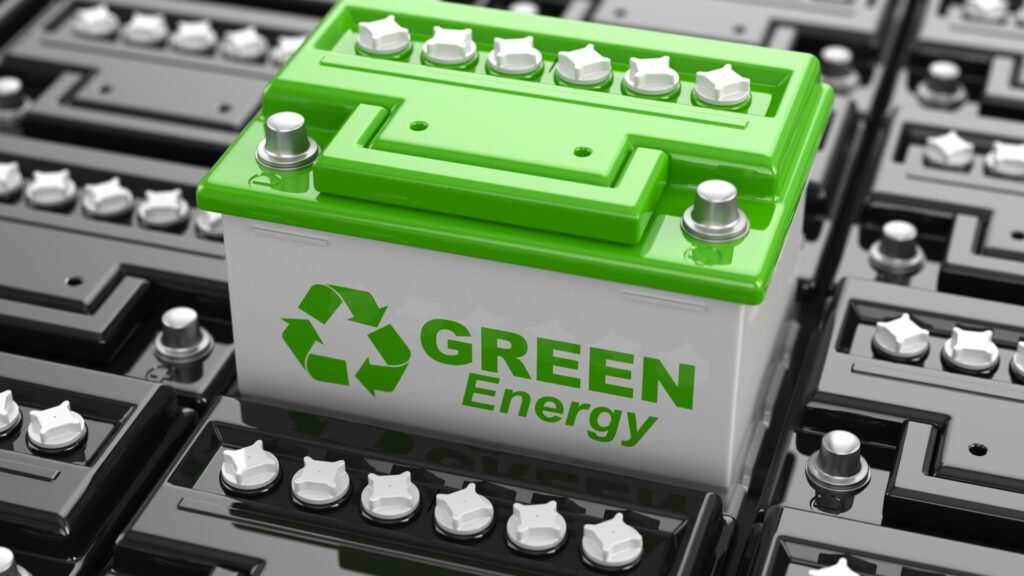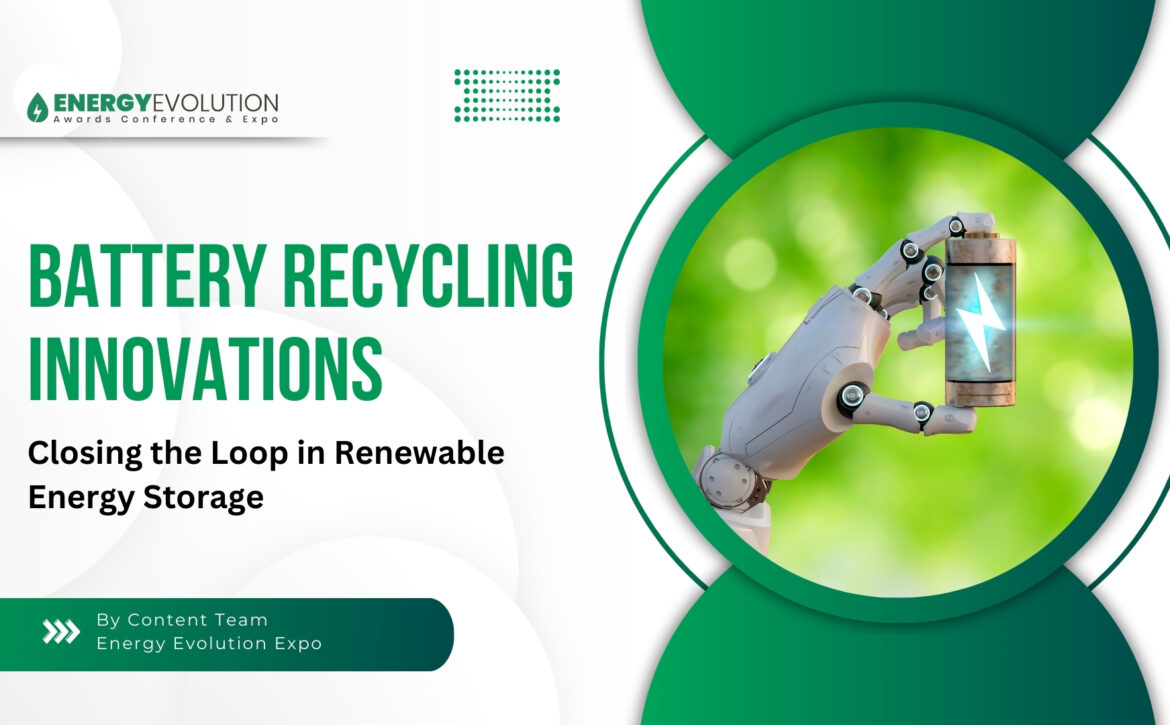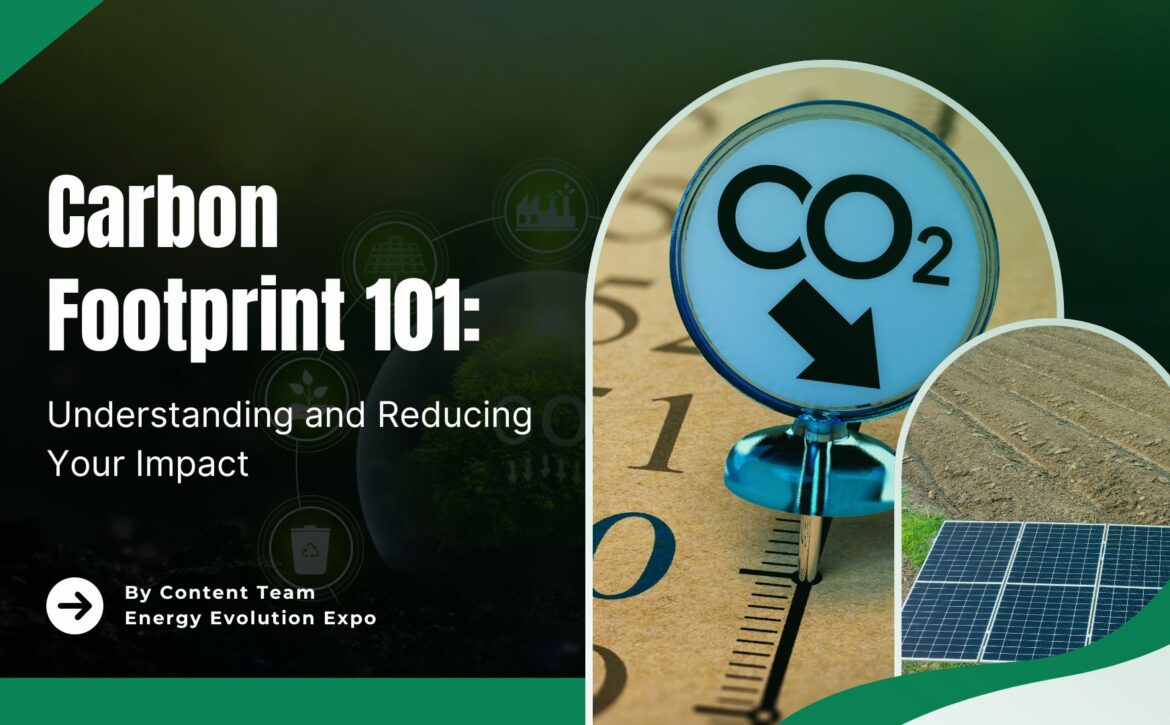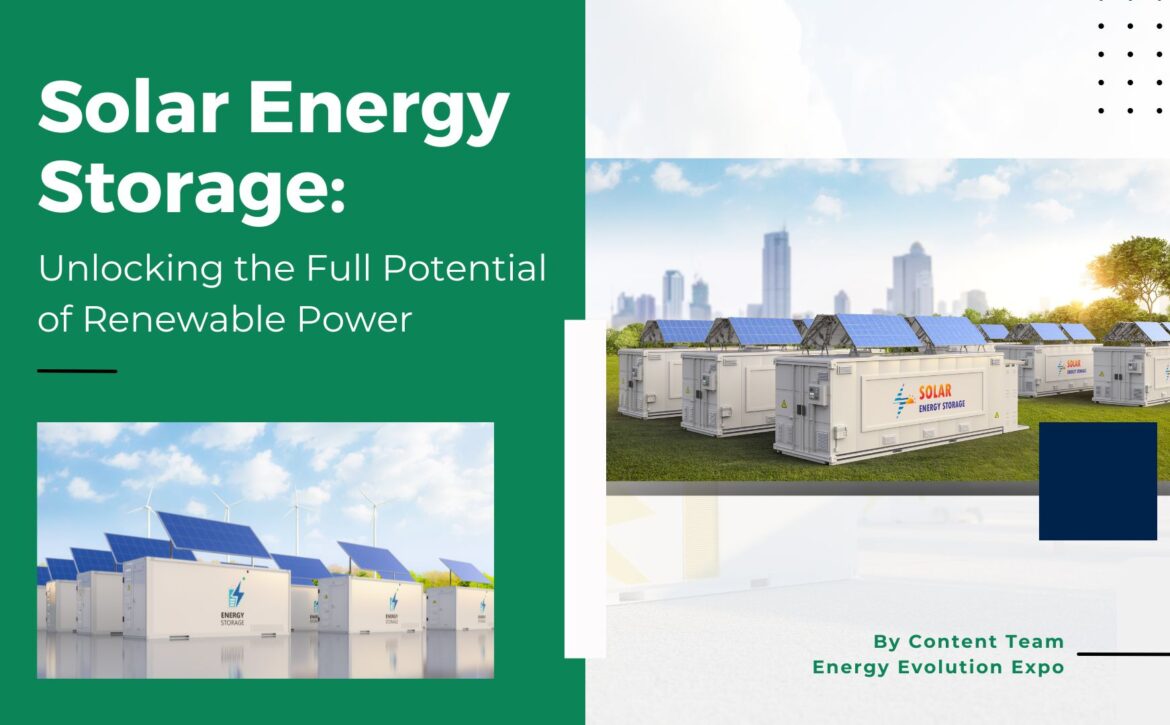Solar energy storage is a transformative technology that addresses one of the primary challenges of solar power: its intermittent nature. As solar energy production depends on sunlight, it is not always available when demand is highest. Solar energy storage systems capture and store the excess energy produced during peak sunlight hours, allowing it to be used when the sun isn’t shining.
This capability enhances the reliability and efficiency of solar power, making it a more viable alternative to fossil fuels. Solar energy storage refers to the process of capturing and storing the energy produced by solar panels for use at a later time. This technology addresses the intermittency of solar power, allowing excess energy generated during sunny periods to be saved and used during times when the sun is not shining, such as at night or during cloudy weather.
Common methods of solar energy storage include battery systems (like lithium-ion batteries), thermal storage (using materials like molten salts), mechanical storage (such as pumped hydro), and chemical storage (like hydrogen production). These storage solutions enhance the reliability and efficiency of solar energy, making it a more dependable and sustainable power source.
The Importance of Solar Energy Storage
1. Energy Reliability: Solar energy storage systems ensure a continuous power supply, even during cloudy days or at night. This reliability is crucial for residential, commercial, and industrial applications.
2. Grid Stability: By storing excess energy, solar energy storage systems can help stabilize the grid. They can release stored energy during peak demand periods, reducing the strain on the grid and preventing blackouts.
3. Cost Savings: Energy storage can help reduce electricity bills by shifting energy use from peak to off-peak hours. This is especially beneficial in regions with time-of-use pricing.
4. Energy Independence: Solar energy storage can provide energy independence for homeowners and businesses, reducing reliance on grid power and protecting against power outages.
5. Environmental Benefits: By enabling more efficient use of solar power, energy storage reduces the need for fossil fuel-based power generation, leading to lower greenhouse gas emissions and a smaller carbon footprint.
Types of Solar Energy Storage
Exploring Types of Solar Energy Storage
As solar energy becomes increasingly vital in our quest for sustainable energy, efficient storage solutions are essential to ensure a steady power supply even when the sun isn’t shining. Here, we explore three primary types of solar energy storage: batteries, thermal storage, and pumped hydro storage.
Batteries: Lithium-ion batteries are the most common form of solar energy storage. They are used in residential solar systems to store excess energy generated during the day for use at night. For instance, Tesla’s Powerwall has become a popular choice for homeowners seeking energy independence.
Thermal Storage: This method stores solar energy in the form of heat, which can be used later to generate electricity or provide heating. Concentrated Solar Power (CSP) plants, like the Gemasolar plant in Spain, use molten salt to store thermal energy. This stored heat can produce electricity even after sunset, ensuring a continuous power supply.
Pumped Hydro Storage: This involves using excess solar energy to pump water from a lower reservoir to an upper reservoir. When electricity demand is high, the stored water is released to flow back down, turning turbines to generate electricity. The Bath County Pumped Storage Station in Virginia, USA, is a prime example, serving as a giant battery for renewable energy.
Each type has its unique advantages and applications, and the choice of solar storage technology depends on the specific requirements of the user, including scale, budget, and intended use.
Examples of Solar Energy Storage Around the World
United States: Tesla’s Big Battery in California
Tesla’s Big Battery, officially known as the Hornsdale Power Reserve, is located in South Australia but was the prototype for similar projects in the United States. In California, Tesla has implemented several large-scale battery storage projects that integrate with solar farms. These projects use Tesla’s Powerpack and Megapack battery systems to store excess solar energy.
For instance, the Moss Landing Energy Storage Facility in California, operated by Vistra Energy, is one of the world’s largest battery storage facilities, with a capacity of 300 MW/1200 MWh, playing a critical role in stabilizing the grid and providing backup power during peak demand.
Germany: Sonnen Community
Germany is a leader in renewable energy adoption, and the Sonnen Community is an excellent example of how solar energy storage can be integrated into everyday life. The Sonnen Community is a network of households equipped with solar panels and SonnenBatterie storage systems. Members of this community can store excess solar energy in their batteries and share it with other members through a virtual power plant.
This decentralized approach enhances energy security and promotes sustainable living. Sonnen’s innovative business model and technology have made significant strides in reducing reliance on fossil fuels and promoting the use of renewable energy.
Australia: Virtual Power Plants
Australia is a hotbed for solar energy innovation, with virtual power plants (VPPs) being one of the most promising developments. VPPs are networks of distributed energy resources, including solar panels and battery storage systems, that work together to provide grid services. One notable project is AGL’s VPP, which aims to connect thousands of residential batteries to create a large-scale, flexible energy resource. By aggregating the storage capacity of individual homes, VPPs can provide grid stability, reduce peak demand, and increase the overall efficiency of the energy system.
Japan: Renewable Energy Storage at the Fukushima Daiichi Site
In the aftermath of the Fukushima Daiichi nuclear disaster, Japan has been investing heavily in renewable energy and storage solutions. The Fukushima Renewable Energy Institute has developed a project that combines solar power with large-scale battery storage. This initiative aims to revitalize the region and promote clean energy. The project includes a 10 MW solar power plant paired with a 20 MWh battery storage system, providing a reliable and sustainable energy source for the local community.
China: Luneng Haixi Multi-Energy Demonstration Project
China’s Luneng Haixi Multi-Energy Demonstration Project is an ambitious effort to integrate various renewable energy sources with energy storage. Located in Qinghai province, the project includes solar, wind, and thermal power generation, coupled with a 100 MW/200 MWh battery storage system. This project showcases China’s commitment to advancing renewable energy technologies and addressing the challenges of intermittency and grid stability. The integration of multiple energy sources with storage demonstrates a holistic approach to energy management and sustainability.
United Arab Emirates: Dubai’s Mohammed bin Rashid Al Maktoum Solar Park
Dubai’s Mohammed bin Rashid Al Maktoum Solar Park is one of the largest solar projects in the world, with a planned capacity of 5 GW by 2030. The project includes significant energy storage components to ensure a reliable power supply. In 2020, Dubai Electricity and Water Authority (DEWA) announced a partnership with Tesla to deploy a 250 MW/1 GWh battery storage system at the solar park. This initiative aims to enhance the efficiency and reliability of the solar park, providing clean energy to meet the growing demand in the region.
Spain: Gemasolar Power Plant
The Gemasolar Power Plant, located in Fuentes de Andalucía, Spain, is a pioneering project in the field of solar energy storage. It is the world’s first commercial-scale solar power plant to use molten salt as a thermal energy storage medium. The plant’s unique design includes a central tower surrounded by a field of heliostats (mirrors) that focus sunlight onto the tower. The molten salt is heated to high temperatures and stored in tanks, allowing the plant to generate electricity for up to 15 hours without sunlight. This capability provides a stable and continuous power supply, demonstrating the potential of solar thermal energy storage.
Germany: Energiepark Mainz
Energiepark Mainz is an innovative project that combines renewable energy production with hydrogen storage. Located in Mainz, Germany, the facility uses excess solar and wind power to produce hydrogen through electrolysis. The hydrogen is then stored and can be used in various applications, including fuel cells and as a feedstock for industrial processes. This project showcases the versatility of hydrogen as a storage medium and its potential to support the integration of renewable energy into the grid.
United Kingdom: Clayhill Solar Farm
Clayhill Solar Farm, situated in Bedfordshire, UK, is a noteworthy example of solar energy storage in Europe. It is the first subsidy-free solar farm in the UK, combining 10 MW of solar PV with 6 MW of battery storage. The batteries store excess solar energy generated during the day and release it during periods of high demand or low solar production. This integration enhances the farm’s ability to provide reliable and consistent power, reducing the strain on the grid and supporting the UK’s renewable energy goals.
Denmark: Smart Energy Systems
Denmark is a leader in renewable energy, with ambitious targets for wind and solar power. The country is also pioneering smart energy systems that integrate various renewable sources with energy storage. One example is the EnergyLab Nordhavn project in Copenhagen, which combines solar power, wind energy, and battery storage in an urban environment. The project aims to develop and test new technologies for energy management, grid integration, and demand response. By leveraging advanced control systems and data analytics, EnergyLab Nordhavn demonstrates how smart energy systems can optimize the use of renewable energy and storage.
Italy: Montalto di Castro Solar Park
The Montalto di Castro Solar Park in Italy is one of the largest solar power plants in Europe, with a capacity of 85 MW. The project includes a significant energy storage component, using lithium-ion batteries to store excess solar energy. This stored energy can be used during periods of low solar production or high demand, ensuring a stable power supply. The Montalto di Castro Solar Park is a prime example of how large-scale solar projects can incorporate energy storage to enhance reliability and grid stability.
France: Nice Grid
Nice Grid is a smart grid pilot project located in the French Riviera city of Nice. The project integrates solar power, battery storage, and demand response technologies to create a flexible and resilient energy system. Residents and businesses in the area have installed solar panels and batteries, allowing them to store excess solar energy and use it during peak demand periods. Nice Grid also includes a virtual power plant (VPP) that aggregates the storage capacity of individual participants to provide grid services. This project highlights the potential of smart grids and decentralized energy storage to support the transition to renewable energy.
Switzerland: EBM Solar Project
The EBM Solar Project in Switzerland is an innovative initiative that combines solar power with compressed air energy storage (CAES). The project uses excess solar energy to compress air, which is stored in underground caverns. When electricity demand is high, the compressed air is released to drive turbines and generate electricity. This method of energy storage is particularly suited to regions with suitable geological formations and demonstrates the potential of CAES as a complement to battery storage.
Sweden: Solar + Storage Microgrids
Sweden is exploring the integration of solar power and energy storage in microgrid applications. One notable example is the Simris microgrid project, which combines solar panels, wind turbines, and battery storage to create a self-sufficient energy system. The microgrid supplies electricity to the local community and can operate independently of the main grid. This approach enhances energy security, reduces reliance on fossil fuels, and provides a blueprint for other communities seeking to transition to renewable energy.
Netherlands: S4S (Smart4Sol)
The Netherlands has several innovative solar energy storage projects, including Smart4Sol (S4S). This project focuses on integrating solar power with smart energy storage solutions in residential areas. By using advanced battery systems and energy management software, S4S aims to optimize energy use, reduce costs, and enhance grid stability. The project involves multiple stakeholders, including utility companies, technology providers, and local governments, highlighting the importance of collaboration in the energy transition.
Portugal: Évora Solar Demonstration Project
The Évora Solar Demonstration Project in Portugal is an example of how solar energy storage can support grid stability and resilience. The project involves the installation of solar panels and battery storage systems in the city of Évora. The stored energy is used to balance supply and demand, reduce peak loads, and provide backup power during outages. The project also includes a smart grid platform that enables real-time monitoring and control of energy flows, demonstrating the potential of integrated solar and storage solutions.
Challenges and Future Outlook
Despite the many benefits and successful implementations of solar energy storage, there are still several challenges to address:
1. Cost: The high upfront cost of energy storage systems, particularly batteries, remains a significant barrier. However, prices are decreasing rapidly due to technological advancements and economies of scale.
2. Efficiency: Improving the efficiency of energy storage systems is crucial to maximizing their potential. Research and development efforts are focused on enhancing battery performance, increasing energy density, and reducing energy losses.
3. Regulatory and Policy Support: Strong regulatory frameworks and policy support are essential to promote the adoption of solar energy storage. Governments and regulatory bodies need to create incentives and provide clear guidelines to encourage investment in storage technologies.
4. Integration with the Grid: Integrating energy storage with existing grid infrastructure requires careful planning and coordination. Advanced grid management systems and smart technologies are needed to optimize the use of stored energy.
Solar energy storage is a key enabler of a sustainable and resilient energy future. By addressing the intermittency of solar power, storage systems enhance the reliability, efficiency, and environmental benefits of solar energy. The examples from around the world demonstrate the diverse applications and innovative approaches to solar energy storage, from large-scale battery systems in the United States and Australia to community-based models in Germany.
As technology continues to advance and costs decline, solar energy storage will play an increasingly vital role in the global transition to renewable energy. By overcoming the challenges and harnessing the full potential of solar power, we can create a cleaner, more sustainable energy landscape for future generations. We need to keep up with all recent innovations to reap maximum benefits and to facilitate a better understanding of the latest developments and trends in the Renewable energy Industry, various Conferences and Expos, which bring Industry leaders together, serve as an all-inclusive platform.
The Energy Evolution Awards, Conference, and Expo organized by Next Business Media is making its debut in Spain in 2025. It will be a leading forum dedicated to honoring excellence in Energy Technology, showcasing innovations, and fostering collaborations. The events unite industry leaders, and visionaries to explore the latest advancements, tackle key challenges, and shape the future of Energy.
The Energy Evolution Awards, Conference, and Expo will celebrate outstanding achievements, promote sustainable practices, and drive the Energy Industry forward into a technologically advanced sustainable era. Energy Evolution Awards, Conference, and Expo will be a platform for cultivating innovation and shaping a brighter, more efficient energy landscape.








